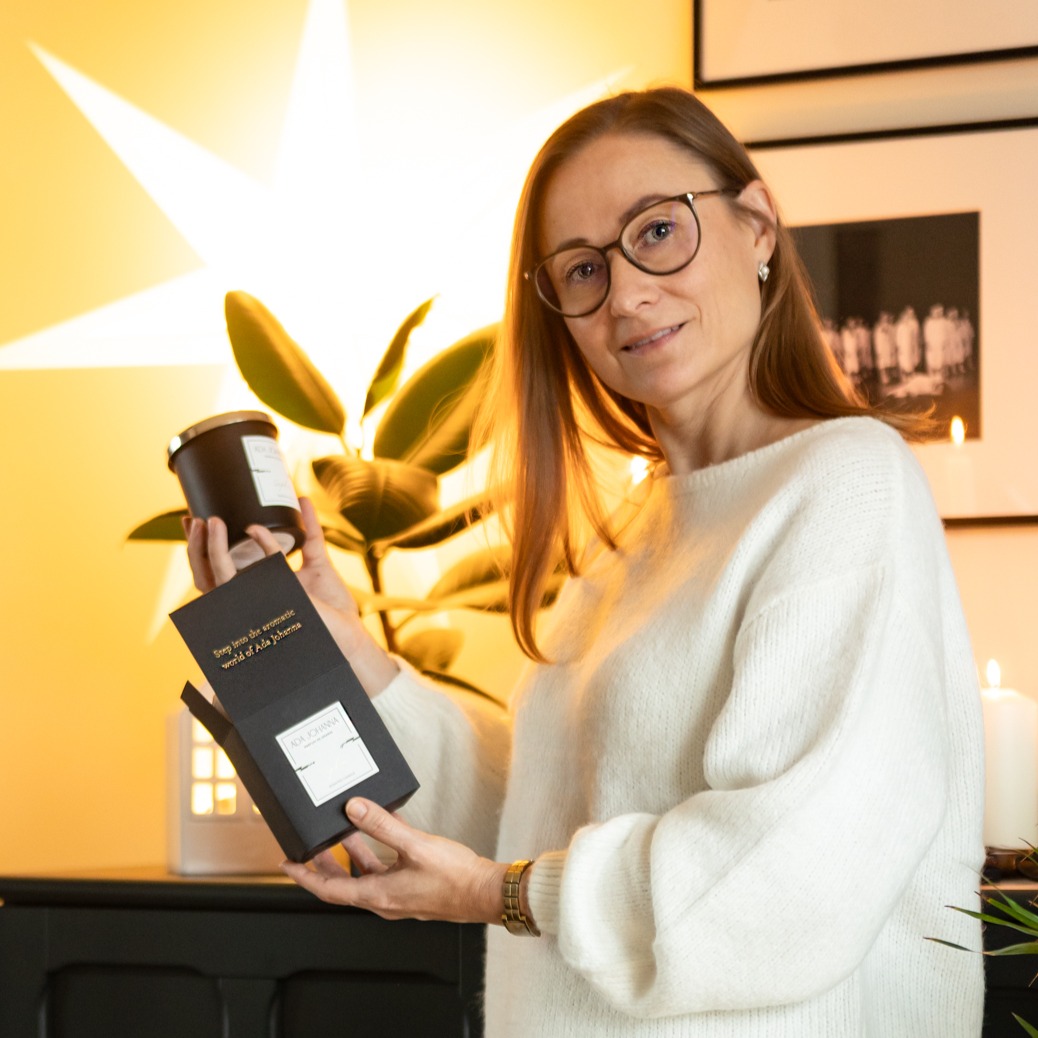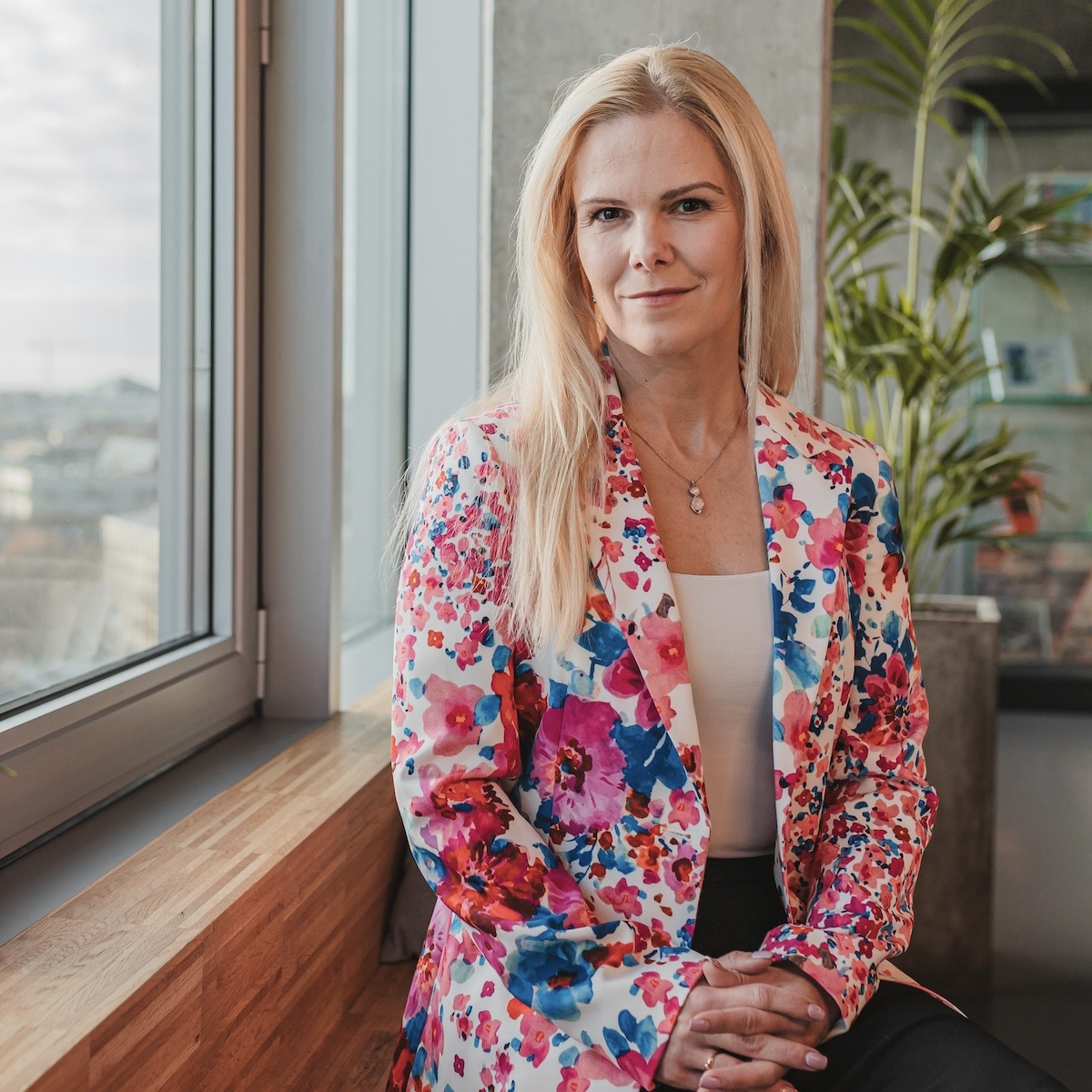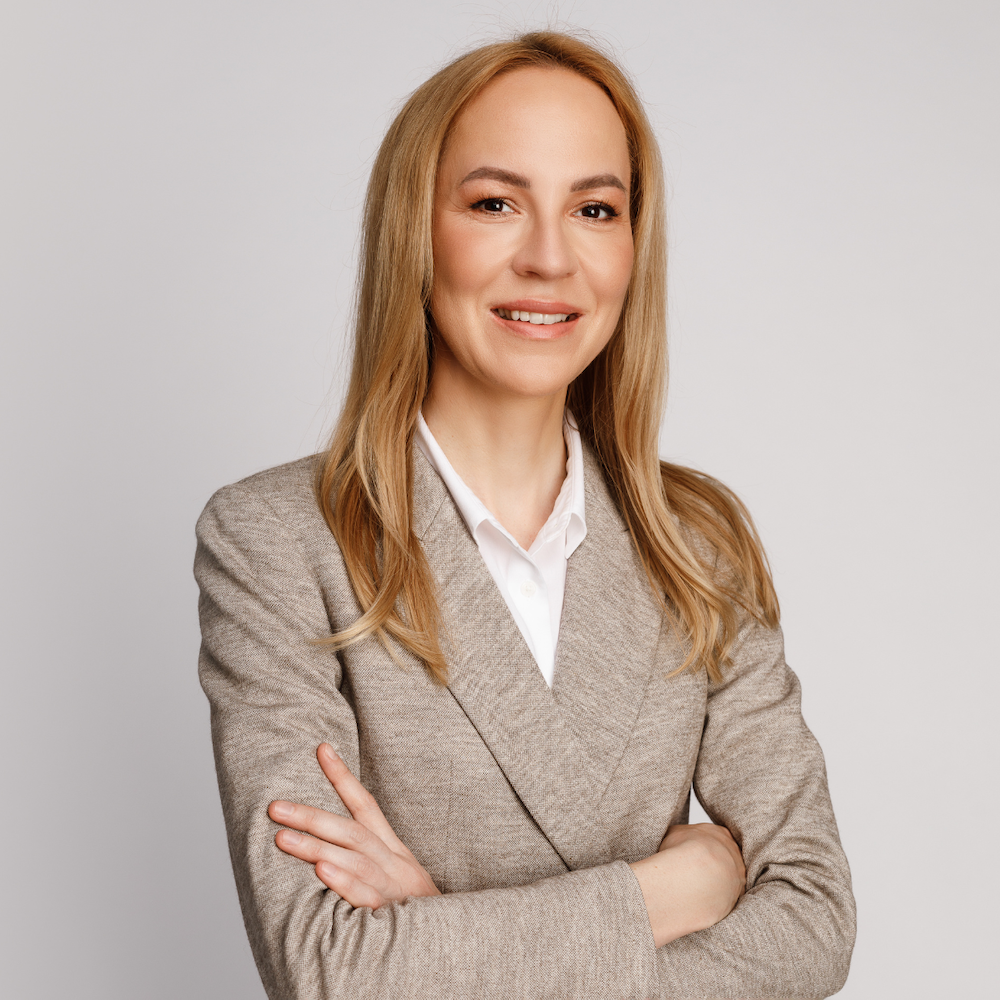
An account, card, and saving habit for your child. Why start sooner rather than later?
04. august 2025The start of the school year is a time for many families to establish new habits and face increased expenses. At the same time, it is also the perfect opportunity to help a child take their first steps toward financial literacy. Opening a bank account, ordering a card, trying out simple budgeting exercises, and saving small amounts are easy yet important actions that lay the foundation for smart financial behaviour.
A name for the child – and right away, a current account
Few parents know that a child can have a bank account opened for them right after birth. Annika Goroško, the Head of Retail Banking at LHV, also recommends doing this as early as possible. Why so early?
Once a bank account is opened for a child, it becomes possible to consciously build their financial future even before they start managing money themselves. First, family members can make gifts, for example, birthday money, directly to the child’s account. Many parents also direct the state child support payments to the child’s account to begin saving or investing for their future. Opening an account at LHV is quick and free of charge.
‘It is worth starting to teach a child the basics of financial literacy even before school, for example, by explaining where money comes from, what it is spent on, and why it is good to save,’ Goroško confirms. According to her, parents should not wait until a child experiences financial trouble later, but instead take a proactive approach by teaching, guiding, and setting an example.
As the child gets older, the first pocket money can be transferred to their account and they can gradually be involved in managing it. LHV offers the option to order a bank card for a child, starting from the age of 6. The Youth Card is a fee-free bank card for those aged 6–25. The Youth Card is a safe and simple way to handle money and is ideal for making the first financial decisions.
A bank card teaches responsibility and independence
Ordering a bank card for your child is an important step in developing their independence and financial skills. ‘Paying with a card is safe. If the card gets lost, it can be blocked quickly. In addition, parents can set spending limits and monitor expenses via the mobile app,’ Annika Goroško explains.
At the beginning of their school journey, children start acting more independently and need to make small everyday purchases – whether in the school cafeteria or bookstore. With the LHV Youth Card, a child gains their first experience using money, while parents can monitor transactions and give advice on managing finances. This creates a good balance between independence and a secure support system.
It is useful to explain the concept of budgeting to a child using a bank card, analyse expenses together, and teach them to distinguish between wants and needs. ‘Sometimes a child’s first purchases may be impulsive, but that is part of the learning process. What matters is that a parent is there to explain that experience,’ Goroško says.
The rights related to a child’s account and card can be flexibly adjusted by the parent: initially, the child can be allowed to only view the account balance, and later gain permission for small transactions. This way, the parent can create a secure and suitable money environment for their child.
It is never too early to build saving habits
One practical and popular option for saving is opening an LHV Savings Account. It is a separate bank account that can be opened and managed for free via the Internet Bank and the mobile app. The main advantage of the Savings Account lies in its flexibility and simplicity: users can set personal goals (such as the child’s future, emergency fund or travel) and track progress in a playful and visually motivating interface.
Money can be withdrawn from the Savings Account, if needed, but it is generally accumulated there consistently. LHV pays monthly interest on the money in the Savings Account, calculated based on the daily balance.
Another option is to open an LHV Growth Account for the child, which allows investing small amounts into funds and stocks. ‘If money just sits there, it loses value. But if you invest even in small amounts, over the years, it can become a substantial support for the child’s future,’ Annika Goroško says.
Additionally, the child’s current account can be equipped with micro-saving and micro-investing features. These automatically direct small amounts from each card payment into savings or investments, making it easy to develop a habit of saving.
‘A child who learns early on to understand the value of money and to save for a goal will manage their finances better as an adult. This skill cannot just be handed down – it needs to be consciously taught,’ Goroško concludes.




